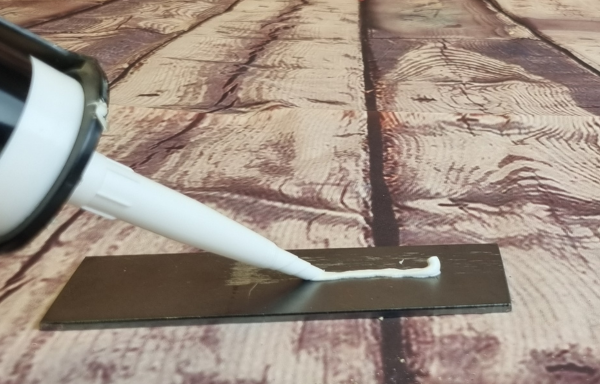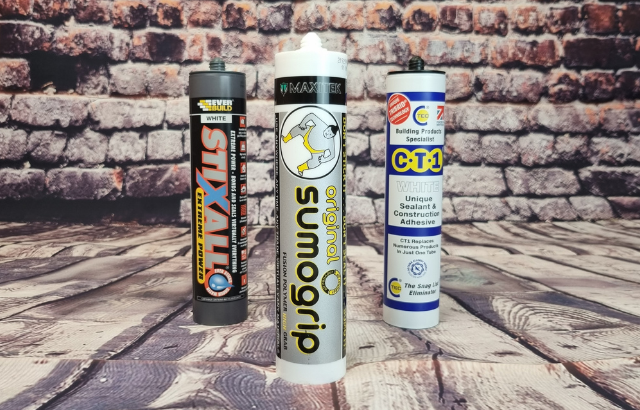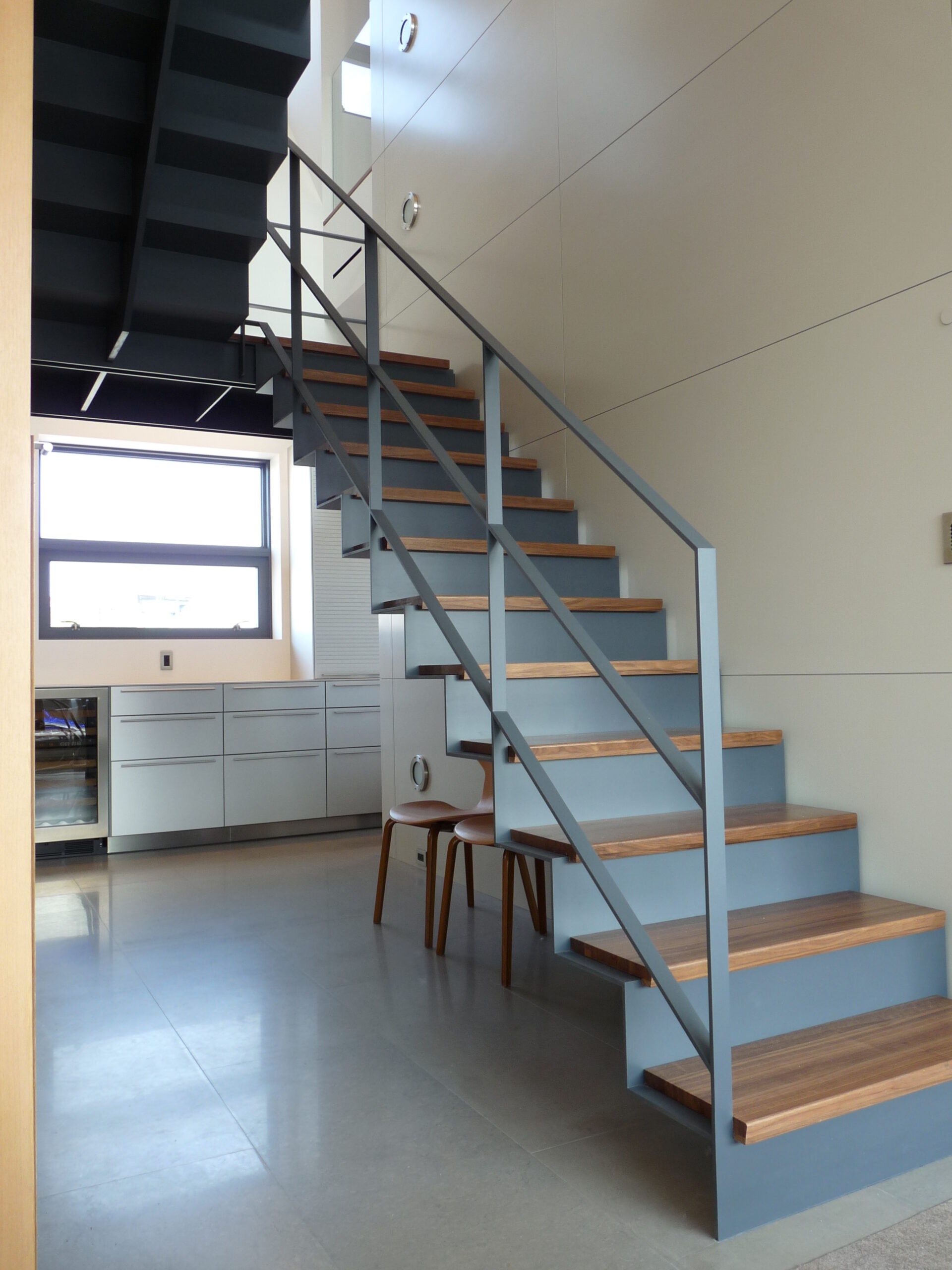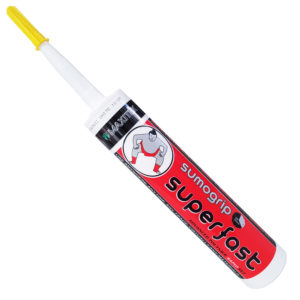What is the Best Construction Adhesive for Wood to Metal?

With so many different building materials used in the construction industry, it can be difficult to determine what instant grab construction adhesive you need to stick one substrate to another. Along with bricks and blocks, wood and steel are the most popular building materials used in any build. As we are often asked, ‘What is the best construction adhesive for wood to metal,’ I have made it the focus of this article.
In this piece we are going to cover:
- What are construction adhesives?
- Considerations when you stick wood to metal.
- Applications that require attaching wood to metal.
- What makes Hybrid Polymers the best adhesive for bonding metal to wood?
- Recommended construction adhesives for attaching wood to metal.
What are construction adhesives? 
Construction adhesives are usually considered to be a single part, gunnable adhesive that are dispensed using a mastic gun, and can bond most materials found on the building site. They are often referred to as Construction Grab Adhesives because when the two components are pressed together, there is enough immediate grip to prevent the materials slipping and slumping. However, not all construction grab adhesives are created equal, and the best types can be found on a previous blog here.
Considerations when you stick wood to metal
If construction adhesives are designed to attach multiple materials to one another, surely gluing metal to wood is the same as bonding wood to wood, right? Unfortunately, it is not that straightforward. Wood and metal differ significantly in terms of density, and they expand and contract at different rates. Wood is considered porous, whereas metal is non-porous – this can dramatically affect how long the adhesive takes to reach full bond strength, as many construction adhesives rely on moisture vapour for them to cure. These factors necessitate an adhesive that can attach itself strongly to either material, accommodate movement and is able to cure when sandwiched between the two.
Many metals suffer from oxidisation or rust, which is why they must be painted or covered with a protective lacquer or coating. This is an important consideration as you might actually be asking the adhesive to stick to a protective finish rather than the base material itself. In some instances, you may need to apply a specialist primer, remove, or abrade the surface treatment to get the best out of the adhesive.
Applications that require attaching wood to metal
Traditionally, attaching metal to wood would require some form of mechanical fixing such as a

self-drilling screw or bolt. As wood and metal glues have become stronger and easier to apply, the applications they can be used in have grown – including:
- Attaching kick plates to doors.
- Bonding timber flooring to metal purlins or steel joists.
- Bonding metal drywall track to timber floors.
- Bonding timber studwork to steel girders.
- Attaching wooden architraves and decorative trim to metal windows.
- Attaching sheet metal to board materials.
- Bonding metal inserts and profiles to wooden furniture.
- Bonding metal door thresholds to wooden floors.
- Bonding wooden tabletops to steel frames.
- Boxing in steel girders with timber cladding.
- Bonding timber treads to a steel staircase.
Recommended construction adhesive for wood to metal
Having explored the different types of construction grab adhesives that are on the market, it is highly likely that the best adhesive for bonding metal to wood is a hybrid polymer. With so many versions available, and more confusion thrown into the mix with marketing jargon like tribrid polymers, the obvious question is: which one to choose?
Sumogrip Superfast is ideal for wood to metal applications, it exhibits all the characteristics the very best hybrid polymers have, with an added advantage of achieving a final bond strength in just 3 hours – hence its name Superfast!
This is particularly relevant when bonding wood to metal. Most other hybrid polymers take a minimum of 24 hours to fully cure. This period of time is significantly increased when bonding to non-porous substrates such as metal, potentially extending cure times beyond 48 hours.
‘Whenever two materials are glued together, people are desperate to see if it is stuck by pulling at the component parts. This can compromise the bond and ultimately lead to a failed joint. The quicker a bond can be made, the less chance there is of failure through interference.’ – Craig Sanders, Joint Managing Director at Protrade.”
As Sumogrip Superfast can reach its full bond strength of nearly 400 kilograms per metre squared, ten times faster than alternative construction grab adhesives, it is the perfect choice for bonding metal to wood. Bonds can be loaded significantly quicker, and there is less chance of a joint failure should someone ‘test’ the bond before its ready. Not least, Sumogrip Superfast achieves incredible bond strength in just 20 minutes, when used on porous materials, meaning it is also the best construction adhesive for wood too!
If you need to stick wood to metal and are looking for a strong, reliable, and fast bond, Sumogrip Superfast is the perfect solution.

Joint Managing Director, Protrade
Des has over 30 years of experience at Protrade, having worked in the capacity of Sales Co-ordinator, Account Manager, and product development, culminating in being appointed Joint Managing Director in 2018.
Related Articles
- What Are The Best Types of Construction Grab Adhesives?
- CT1 versus Stixall versus Sumogrip Original – which is the best all-purpose construction sealant and adhesive




